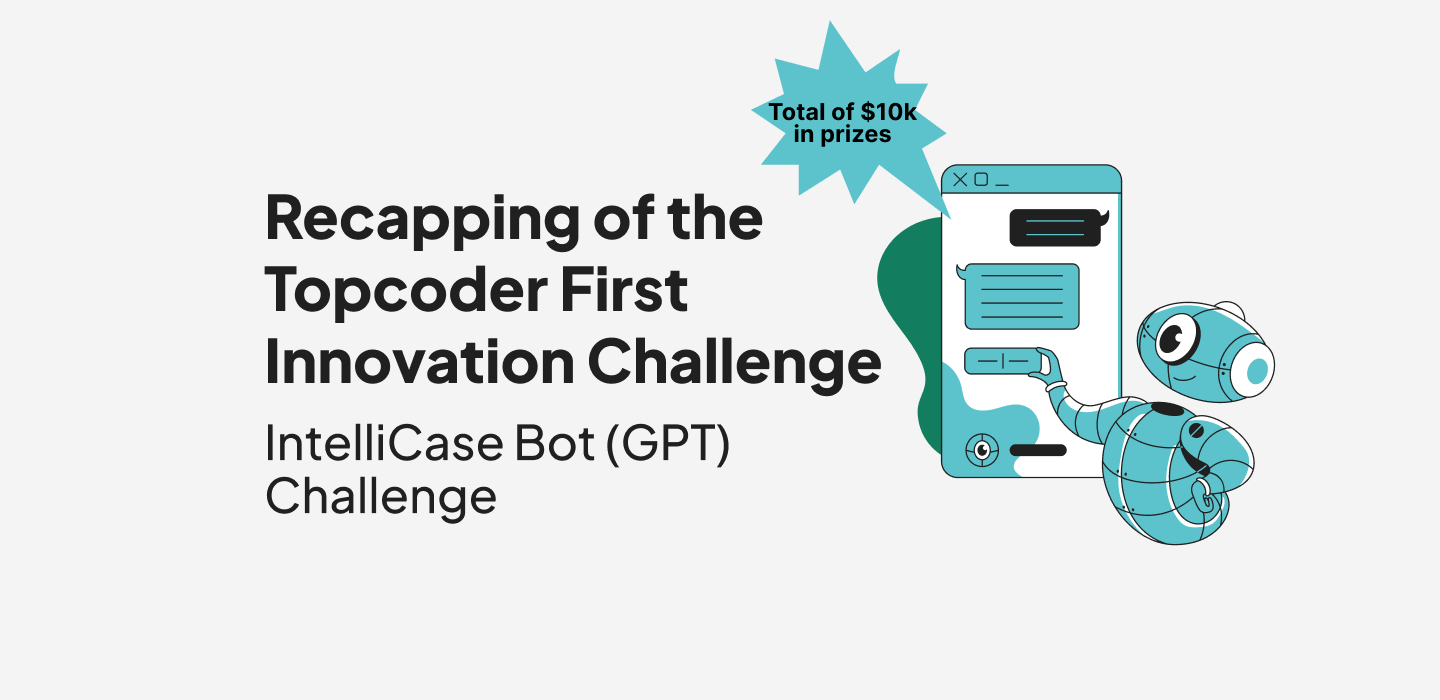June 5, 2019 Accident Prevention for Energy & Power: The Topcoder Solution
Accident prevention is an important challenge within the energy and power industry. Workers face high levels of risk in their day-to-day activities. From using specialized equipment and working with volatile substances in challenging environments to working around unpredictable natural resources, this sector is inarguably high-risk. Additionally, accidents in this sector cause harm beyond injury — environmental damage is also a concern.
Energy companies have implemented increasingly sophisticated strategies to prevent accidents and reduce risks. Beyond training workers and inspecting equipment, technological solutions can enhance safety by automating hazard detection and predicting complex risks. Companies have turned to Topcoder to access our vast pool of talent and find solutions to accident prevention challenges.
Here are a few examples of accident prevention solutions provided by the Topcoder community:
Proximity Hazard Detection
Despite rigorous training, preventable accidents do lead to fatalities in the oil and gas extraction industry. According to OSHA, “[t]hree of every five on-site fatalities in the oil and gas extraction industry are the result of struck-by/caught-in/caught-between hazards”. These accidents are preventable in theory, but the reality is that workers will always be exposed to a degree of risk from human error, whether it’s caused by inexperience, exhaustion, or distraction.
Technological solutions can help augment worker preparedness and prevent fatal injuries on job sites. One Topcoder customer sought help with a project to automate hazard detection and protect workers. Our community developed a computer vision tool that can analyze video to detect changes in worker and equipment movement and alert workers of impending hazards. The program is also able to trigger automatic stops on machinery to further protect workers.
Worker Safety PPE
Oil and gas workers face significant safety threats on the job, and properly using personal protective equipment (PPE) is vital to protecting worker safety. If PPE is used improperly or not at all, the risks to workers’ safety increase dramatically. With Topcoder’s help, one company developed a sophisticated solution that allows automated monitoring of workers’ PPE usage.
A Topcoder competition used existing video footage to develop a detailed, labeled dataset of worker PPE usage. Then another challenge resulted in a tool that can use that dataset to review incoming video and flag improper PPE usage. This allows managers to monitor worker safety with less intrusion and distraction than was previously possible.
Aquifer Boundary Identification
Identifying aquifer boundaries when siting oil wells is key to preventing accidents that threaten worker and environmental safety. Because oil and gas deposits often lie below aquifers, oil extraction often occurs underneath aquifers. But those boundaries are challenging to identify, especially on the scale at which oil companies operate.
Topcoder hosted a long-form data science competition, called a Marathon Match, to help one customer develop a tool for aquifer boundary identification. Using a dataset of known aquifer depths, the competition produced an algorithm that can estimate aquifer boundaries with impressive accuracy. This solution will help to prevent future accidents when drilling through aquifers.
These solutions, and more project case studies from the energy sector, can be found in our recent e-Book, See What Lies Beyond the Surface: Energy + Topcoder Data Science & Analytics. Other projects in this sector have included complex mud logging, fault identification for oil well siting, and pipeline threat detection. Companies in the energy sector benefit from the power of Topcoder’s crowdsourced community and so can you.
VP, Marketing


